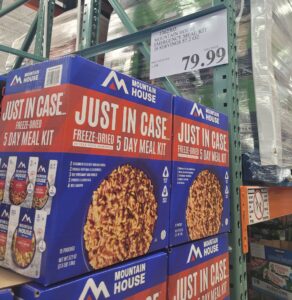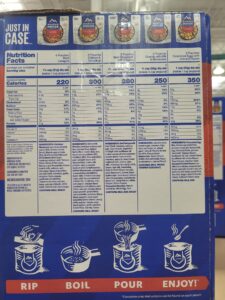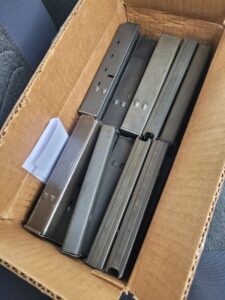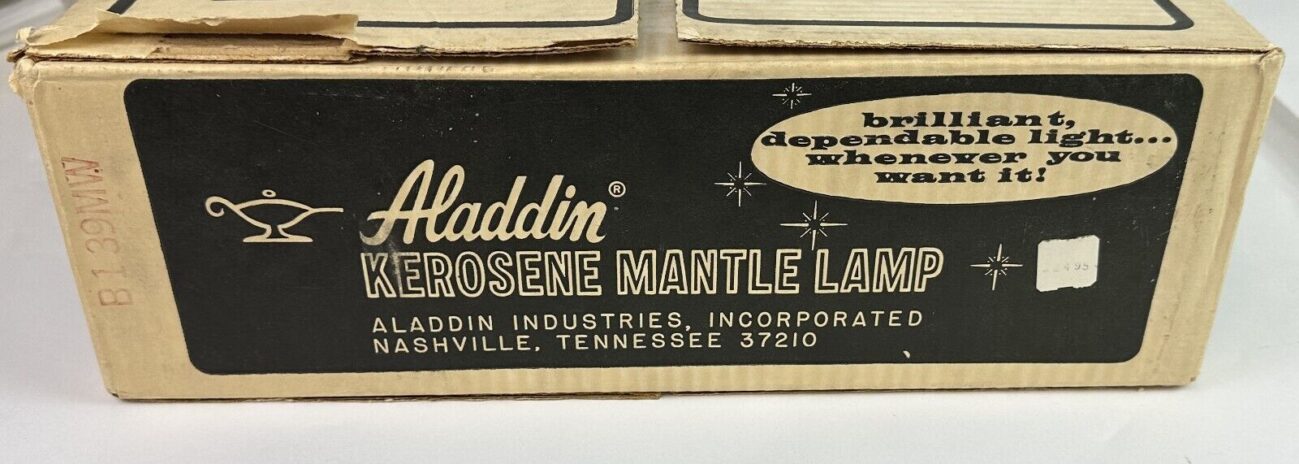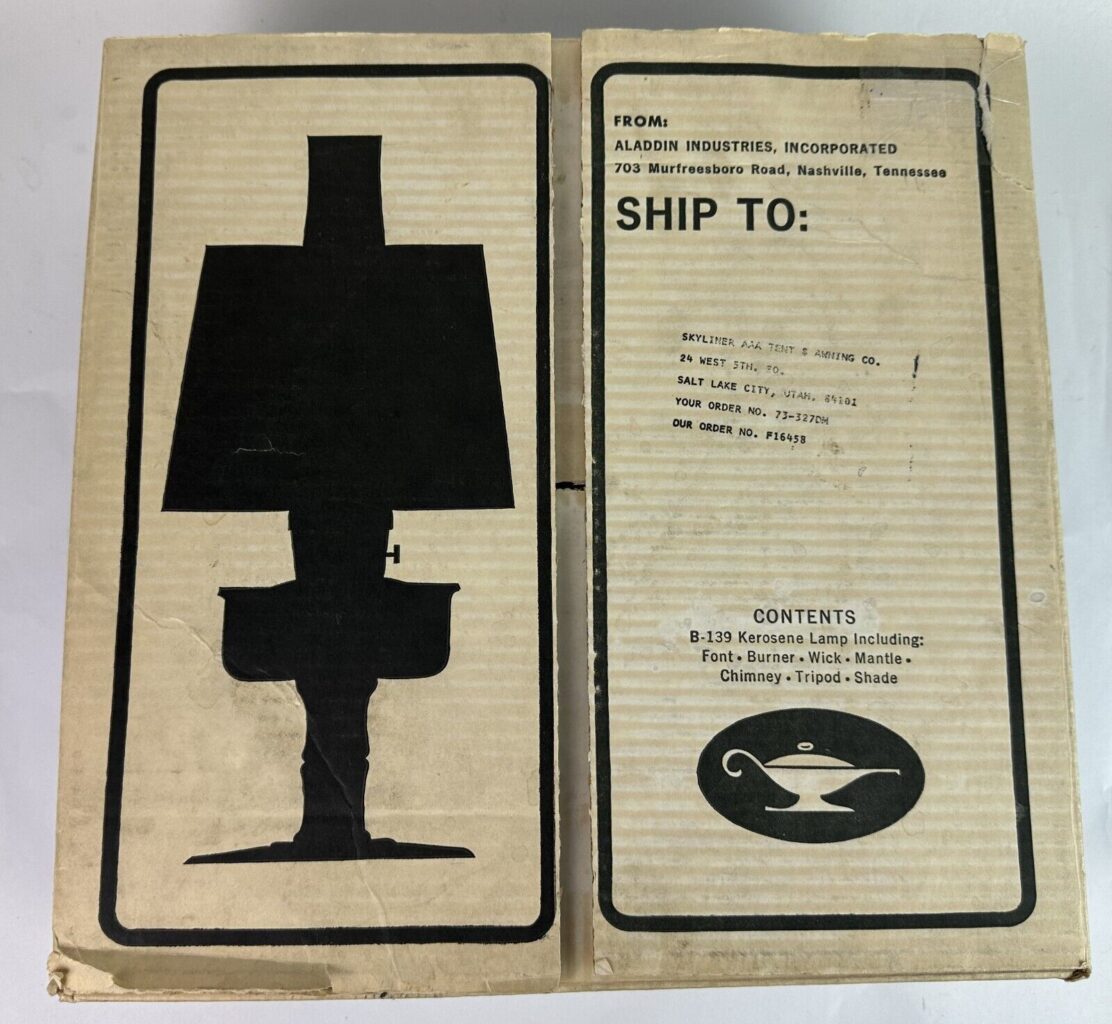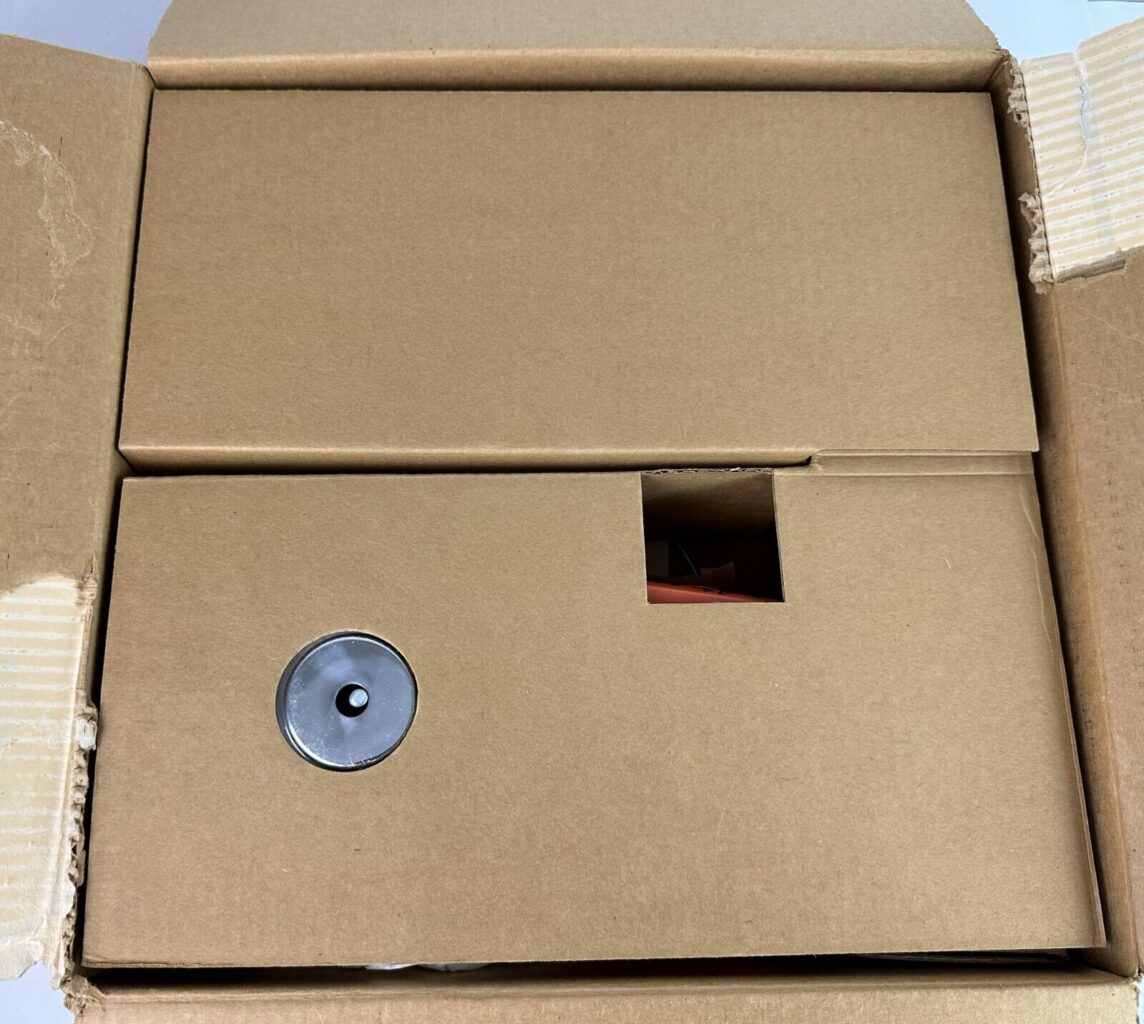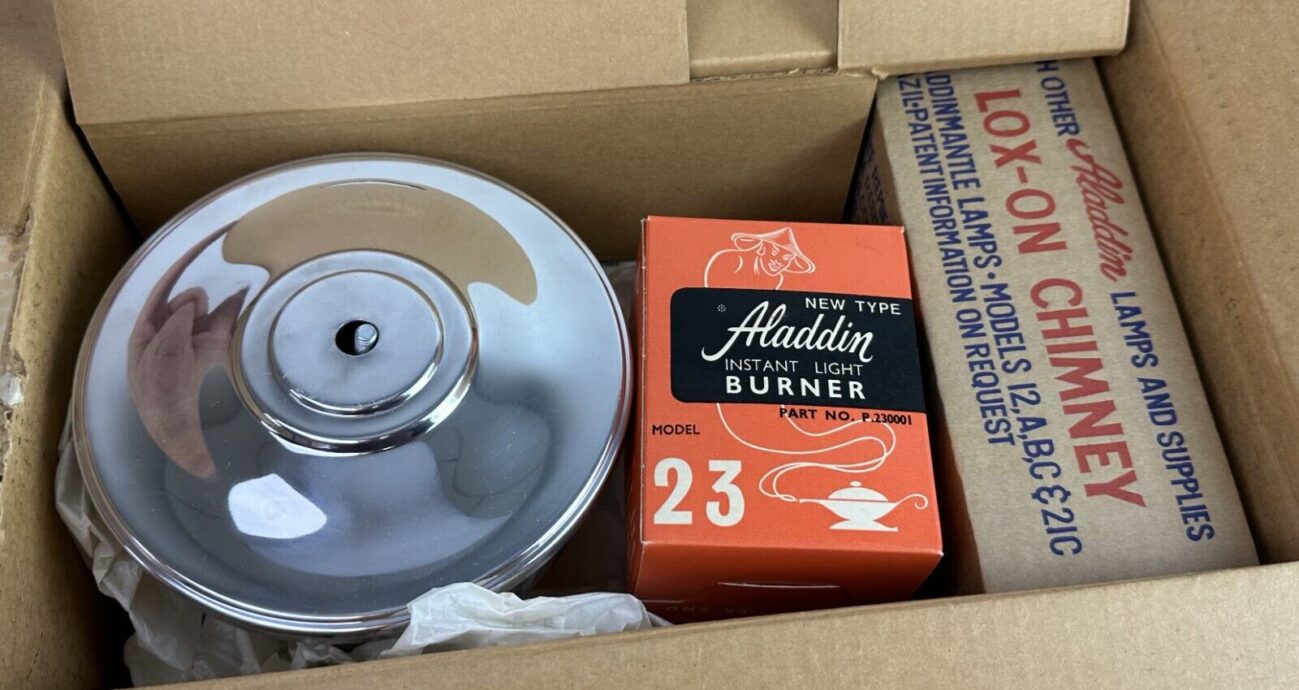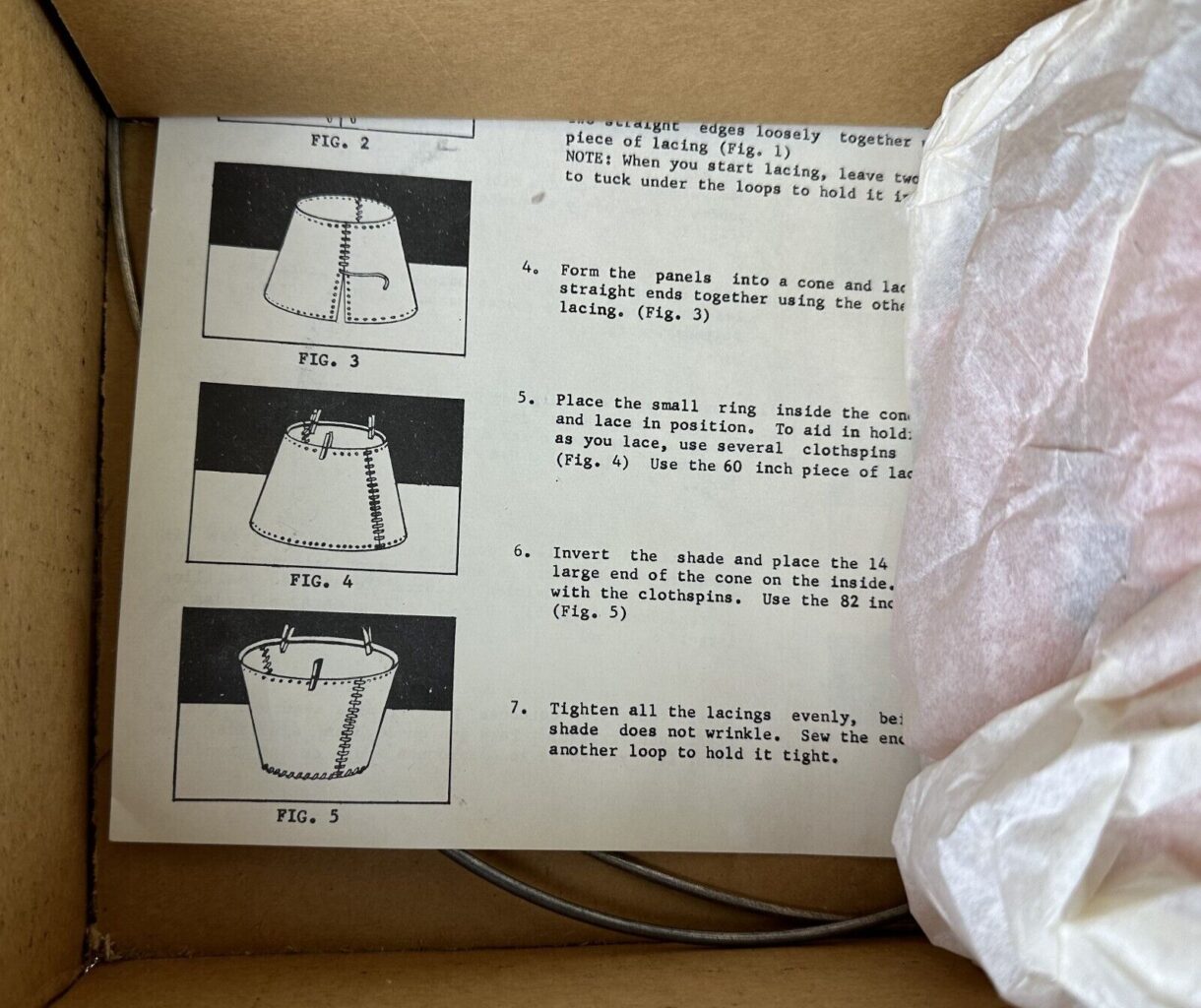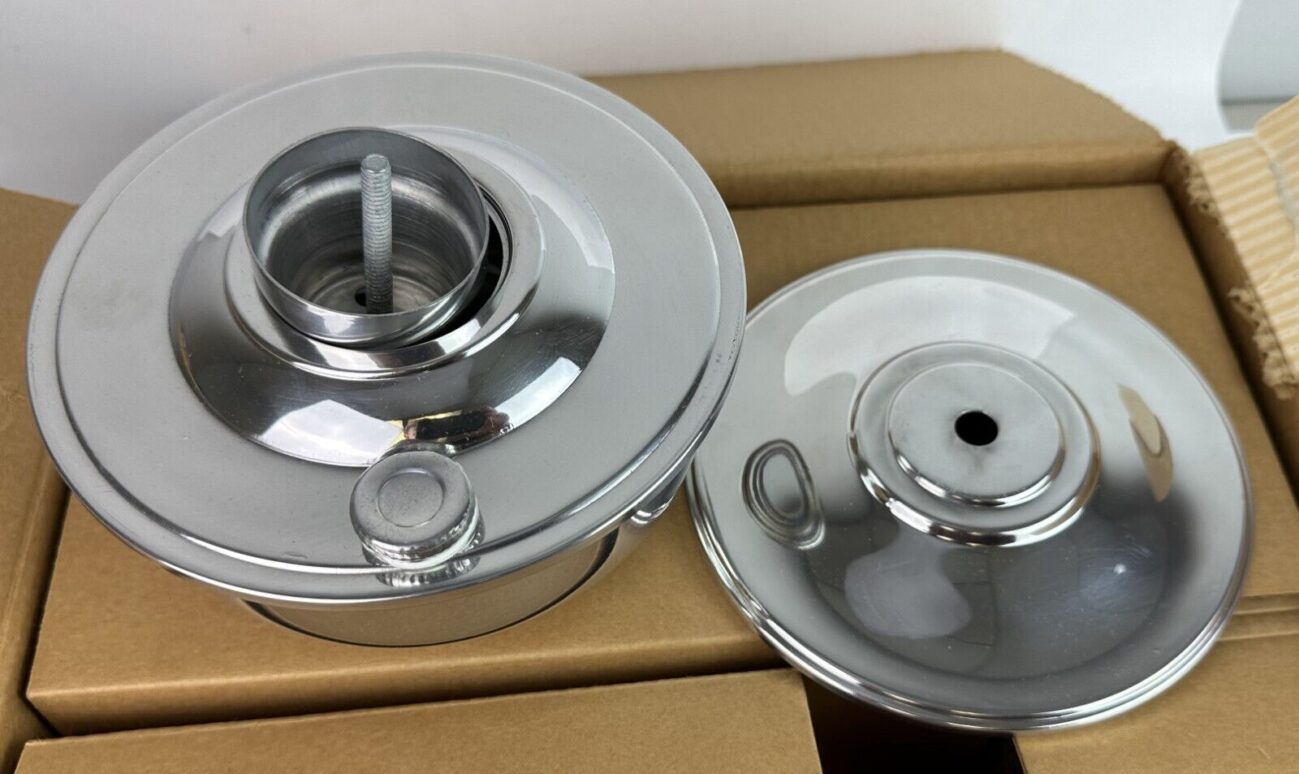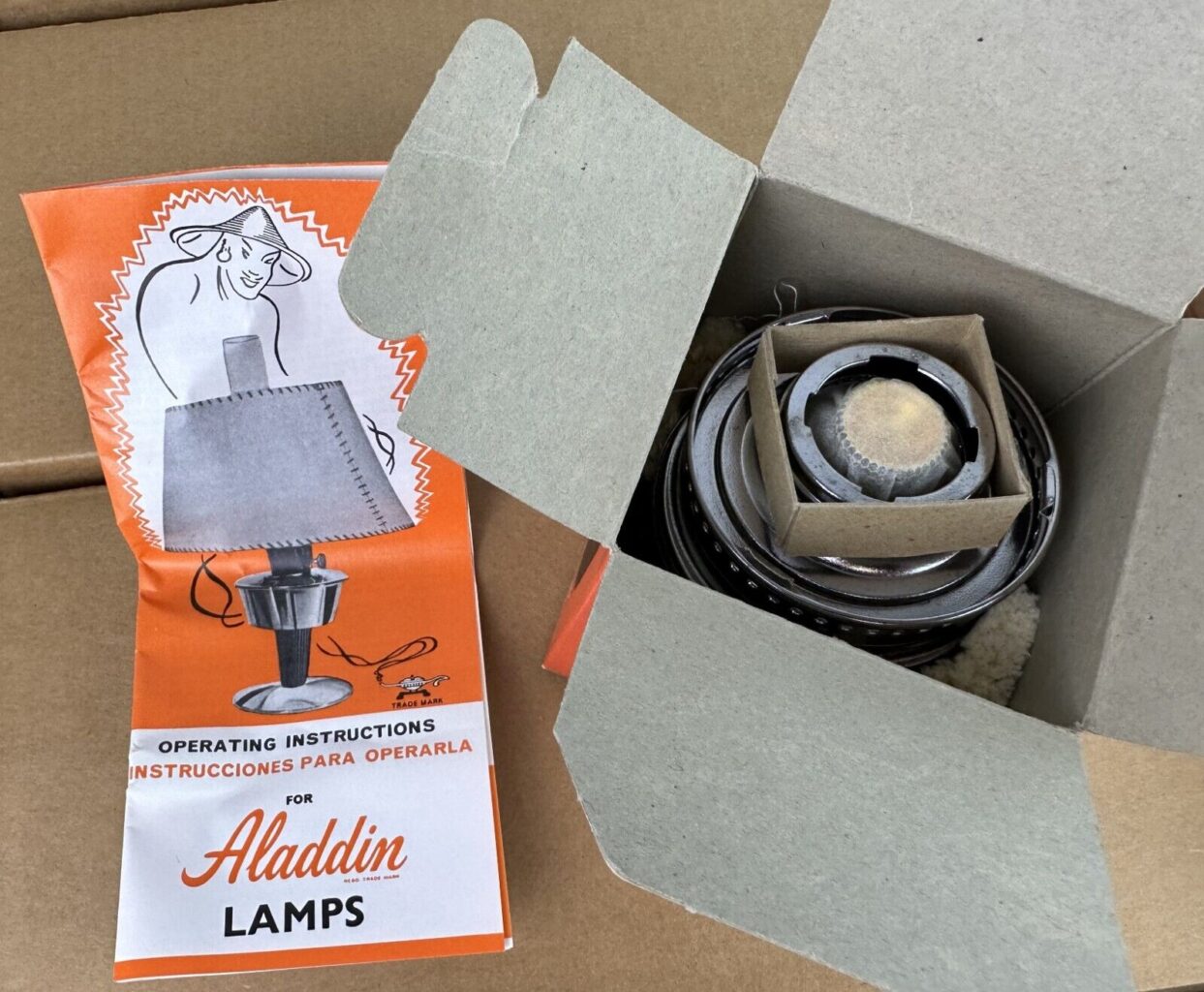So this popped up in comments from the last post, and there’s a lot to unpack, so it becomes a post all its own:
At what point is it a good idea to standardize?
Lets say you plan to use 308, 9mm, 12g and .22.
Other than some “trade goods”, why carry other calibers…
Having just to have costs – either financially or in storage space.
“Standardize” means different things to different people. Are you standardizing on a particular caliber? A particular firearm? Both? Theres some big differences there. Lets give a couple examples and the problems they incur.
Let’s say you standardize on caliber. Everyone in your family/group/clan/stick/team/cadre/cell//whatever decides that .223 is the way to go. That way everyone can use the same ammo. You’ve got an AR,, Bob has an AUG, Uncle Billy has a Mini-14, and Crazy Steve has a .223 AK. You guys can all eat from the same pot of .223 ammo. And then…Steve loses some magazines in an impromptu bugout, or Billy only had a few to begin with and needs more, or the feed lips on your mags are getting tired and you think its time to swap out for some new mags. Well, you’re all shooting .223, which you standardized on, but everyone has their own magazine logistics. Billy can’t give Steve any of his mags, and your mags wont work in Steves gun, and you see where I’m going with this?
So, maybe you standardize on a gun (‘platform’). We’re all gonna rock the AR. For the most part, we’re all gonna be able to swap parts and accessories if we need. Your AR is 7.62×39, mine is .223, Steve’s is .300 Black, and Billy has gone way off the res and adheres to the 6.8 SPC. But we can all swap small parts, optics, lights, accessories, and we all share the same manual of arms. But…I’ve got plenty of .223, Billy is having trouble finding ammo, Steve can’t give any ammo to you, and .300 Black isn’t found at the local trading post. Again, see where Im going with this?
For me, I’m thinking long term. As far as guns go, my thought process is “If I can’t buy more tomorrow, will I be able to spend the rest of my life with what I have?” And spending the rest of my life with what I have is a lot easier when its common to what my buddies and the locals carry.
For me, the end of the world looks like an AR in .223 and a 9mm Glock. Two platforms so widely supported that you can literally build them from parts you purchase online and a receiver you make yourself.
Other than some “trade goods”, why carry other calibers…
Because not every problem has a solution that can be optimally met with the survivalist’s classic calibers. Do you have livestock? Do you have bears? When you’re woken up at 2am to the sound of your goats/chickens/cattle getting mangled by a bear you’re probably gonna want something with a bit more horsepower than a .223 or .308…and out comes the Marlin in .45-70…or the Mauser in .35 Whelen…or the Browning in .338.
And you may have a gun/ammo preference for hunting that you’re comfortable with. For example, I have rifles in .308 to hunt with but I have sentimental attachment to a 7mm Mauser I had built up years ago and prefer hunting with that. Logistically it makes no sense, but since I have three dozen AR’s, a thousand magazines, and piles of .223 ammo, I don’t feel that having a little boutique gun/caliber is creating a risk for me.
Having extra guns/ammo in ‘non standardized’ calibers does cost, financially and in terms of space. I agree wholeheartedly. But I have the financial and spatial margin to have a few things just because I like them or think theyre cool. I wouldn’t run out the door to WW3 with my Marlin .357, but I enjoy it enough that I don’t mind making room for it in my gun safe. If youre living on a tight budget then, yes, be as practical as you can…get your AR or AK, your 870 or 500, and the ammo you need. But once youve done all that, if theres a toy or two you want where is the harm? Just know that it isn’t part of your preparations and is just a ‘want’.
As for trading purposes…we’re seeing that now. There are plenty of people who went heavy on primers, for example, who are making crazy money selling them off and using the proceeds to plug whatever holes are left in their checklists. If you have the space and money, by all means, have something for trading purposes so that one day you can get the extra ammo or extra mags you thought you didnt need.
But the standardization thing goes beyond guns, as you know. Batteries are a great example. CR123, coin batts, AAA,AA,C,D batteries are needed for all sortsa useful gizmos. Who wants to keep that many different types of batteries around? And its virtually a promise that whatever battery you need will be the one size that youre out of. For me, its AA and D batts. Thats it. Anything that runs on AAA, C, or CR123 is either available in another battery format or is available as a USB rechargeable.
Same for fuels. You have a diesel truck, propane stove, kerosene heater, gas generator, and white gas lanterns.Thats just asking for troubles.
If you can afford the money/space, then logistics may not be an issue for you. You can have a steel building full of cases of different calibers, different size batteries, different types of fuels, and therefore don’t have to worry about each piece of gear requiring a different item to make it work. More power to you. But I want the smallest, most efficient, logistical footprint possible and for me that means standardizing on things.
“Having just to have” does, in fact, cost. But if you’re able to absorb those costs then there’s not really a problem. When I was but a wee baby survivalist in my early 20’s, I had no margin in my life at all. I had an AR, an 870, a 10/22, and a.45. That was it. Money was very tight and rather than pick up a gun I wanted for fun, I kept that basic survivalists battery. Nowadays, money is less of an issue. And I’ve had over 35 years to acquire the basics. So, if I want, I can (and do) buy a gun that absolutely does not fit anywhere into my preparedness plans….and it’s fun. I’ve got the basics covered so thoroughly that if I want a .22 caliber copy of the MP40 to play with at the range, I can do that and not feel that I’ve neglected my other responsibilities.
Not sure that addresses the initial questions, but thats where it took my mind.
Standardization is important. You need to really think it through. When it’s Day 37 in the post apocalyptic world the last thing you want to have to worry about is where to find a replacement oddball-size battery or hard-to-find magazine.”Most common denominator” is the way to think on these matters.
No doubt the comments to this post are gonna be full of “I went with this caliber…I went with these guns..” and everyone will list off their ideal mix. Thats fine, although unnecessary. More interesting comments would be from people who didnt go the ‘usual’ route and why.

